Why content formats matter
When writing about a technical or specialised subject matter, such as supply chain engineering or medical device testing, the message can easily get lost in the technical details. This can make your b2b content hard to follow or comprehend. Using an interesting format however, will help you create a compelling narrative that connects the dots between your audience and the product/service you’re offering, increasing brand engagement and conversions.
But, one size doesn’t fit all in content marketing for B2B and FS. Or any industry, since different audience types will prefer content that responds directly to their personal needs.
Emily Clayfield, the Head of Content Strategy at Builtvisible, explains the importance of catering your content to different audiences and learning styles:
“We all digest information in different ways; some people are visual learners, some like to see lists, and others prefer lots of detail. So, if you want to reach wide audiences with your message, you need to offer it up in a variety of formats.”
What kind of content formats are there?
There are many different types of content out there. Here is a list of 5 content formats that will help make your FS and B2B content more engaging:
1. Blog posts/Article
Sometimes, the basics are the best. Long-form blog posts and articles are an ideal way to convey lots of information and explore topics that matter most to your audience and business whilst providing valuable information and building rapport for your brand. This is an in-depth content piece exploring a weightier topic in a valuable and educational form.
To make a blog post format more engaging, you could organise your points as a listicle: a series of ideas organised into a list. You could also split bigger topics into several short format blog posts that quickly get to the point and hone in on a focus area of choice. Long format content pieces broken down in this way helps readers to easily reshare your content and supports the utilisation of content across social channels.
Blog posts have a great impact on SEO for a number of reasons. Within blog content there is opportunity to target a higher number of relevant queries and long-tail keywords that provide value and match the intent of your customers. This can further drive quality traffic to your website and help your pages to rank better.
2. Video
Video is becoming an increasingly popular format across many industries.
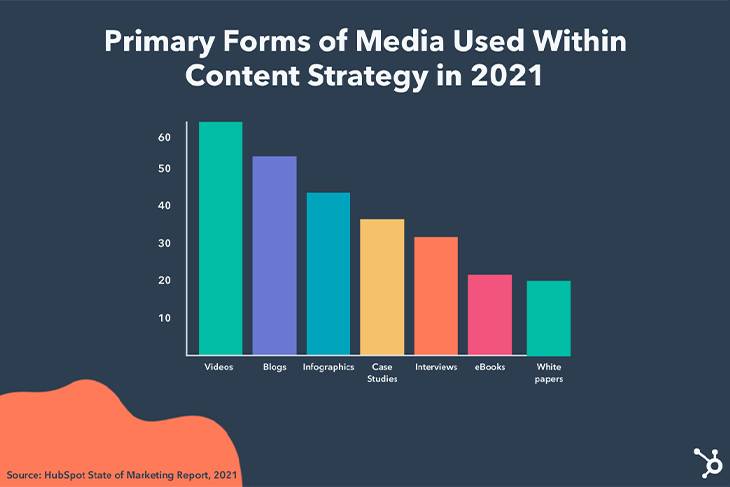
With video marketing for b2b content, you have the freedom to communicate much more information in a short amount of time. It also provides the opportunity to visually communicate what may not be so easily understood in content writing for B2B and FS. Video content will also help you target a younger, more tech-savvy audience, such as students looking to open a bank account.
3. Infographics
Like video, visual elements add an edge to your content by communicating ideas, concepts and information visually to make it more accessible and drive engagement. Infographics are helpful for simplifying complex ideas through diagrams, imagery, graphics and text. These can range from displaying facts and figures to using simple flow charts to explain a multi-step process. Infographics can also cater to learners or readers with various learning difficulties or needs. According to the World Health Organisation globally ‘2.2 billion people have a near or distance visual impairment’. Therefore, considering accessibility within your web content can build a stronger user experience for your audience and show your readers that you consider their needs as a priority and not an afterthought. It can be a common mistake to leave out alt-text and screen assisting elements, when including imagery or infographics, but this is essential information when considering the range of readers visiting your website.
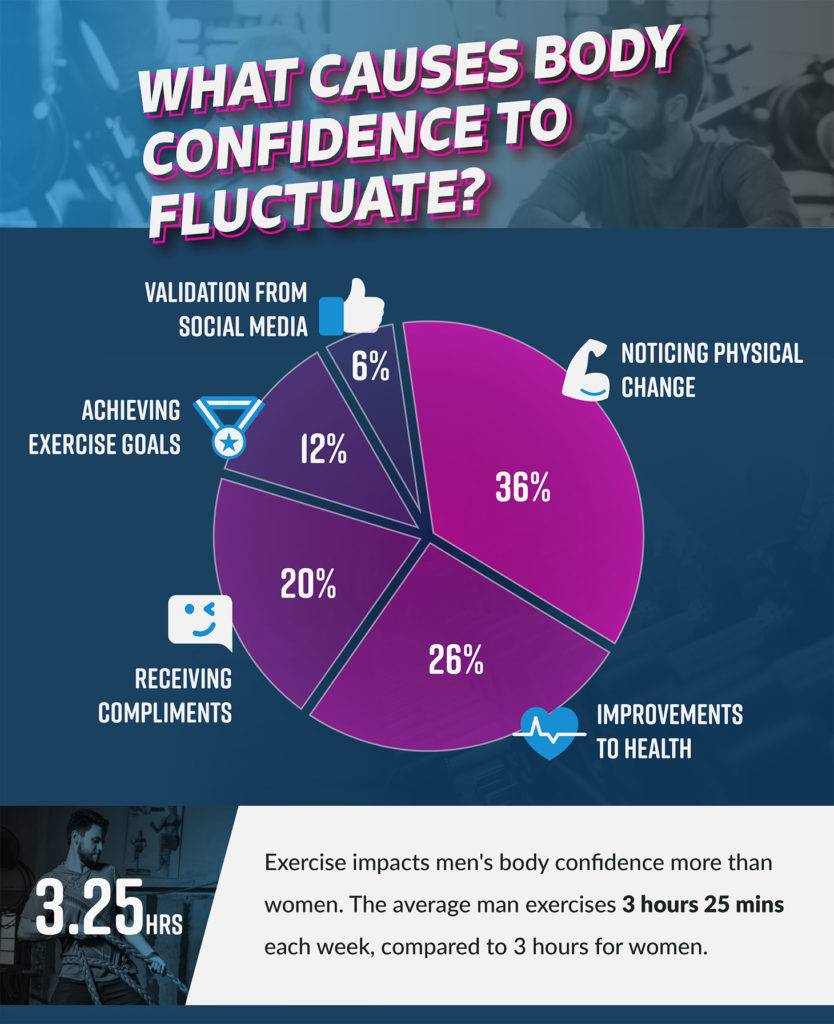
4. Case Studies
Case studies are a content format that allows you to unpack and resolve your customers’ pain points. Using examples, you can demonstrate how your services provide solutions and encourage your audience to combat their own problems in the same way.
5. Podcasts
An engagement booster dominating the way audiences digest, learn and discover information via audio are podcasts.
Podcasts “allow for a brand to have a longer-form conversation with a consumer, which can deliver a heightened level of impact, especially when trying to alter the way a consumer uses a brand.” – Head of Sales at Acast, Josh Woodhouse, in conversation with The Drum.
With over 16.7 million estimated podcast listeners in the UK in 2021 and a forecasted 20 million by 2024, podcasts are in a league of their own. If you want to grow your audience reach, awareness of your brand and build a sufficient following, this format can help you do just that.
How to choose the best content format
Whether you’re producing visual assets or a simple blog post, your target audience should be at the front of your mind when considering SEO content creation. Your content should address their pain points and questions, both of which can help you choose the right format.
If you need to explain a multi-step process, such as how to select the right insurance product, a narrated video or animation may be the most useful. Alternatively, if you’re trying to help your reader make an important business decision, an interactive quiz, like ISG’s workplace personality quiz, could be the ideal way to get your message across.
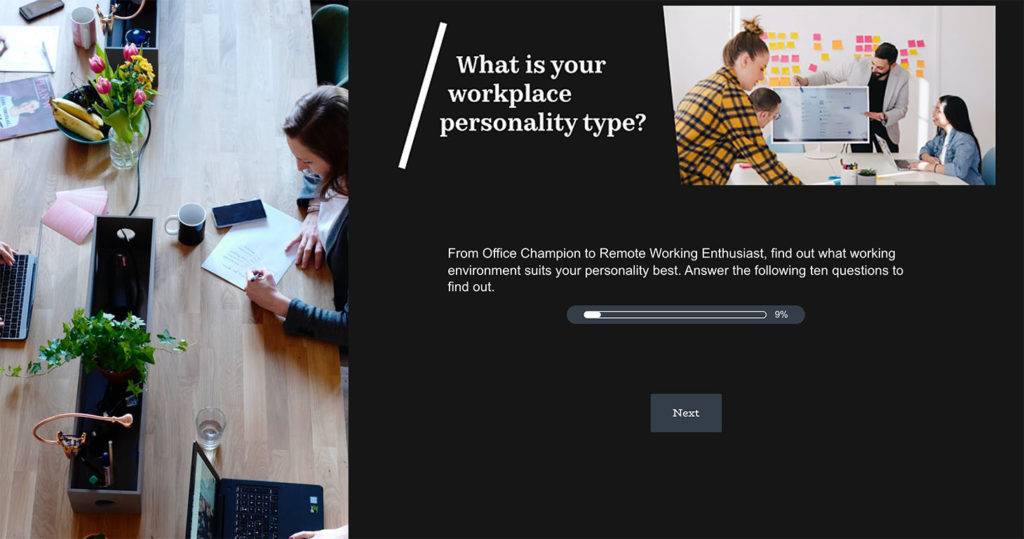
However, you may not be in the position to invest money and time into assets like a quiz or video. Pulling out the key information from a piece of content and conveying that through engaging elements is a good alternative.
B2B service provider Ambius has done this successfully by using infographics to highlight significant data and make their content engaging.
For a piece of B2B content about workplace wellbeing, Ambius surveyed employed adults in their target markets. To make the resulting report easily digestible for the reader, they have used simple visual assets to illustrate the data sets.
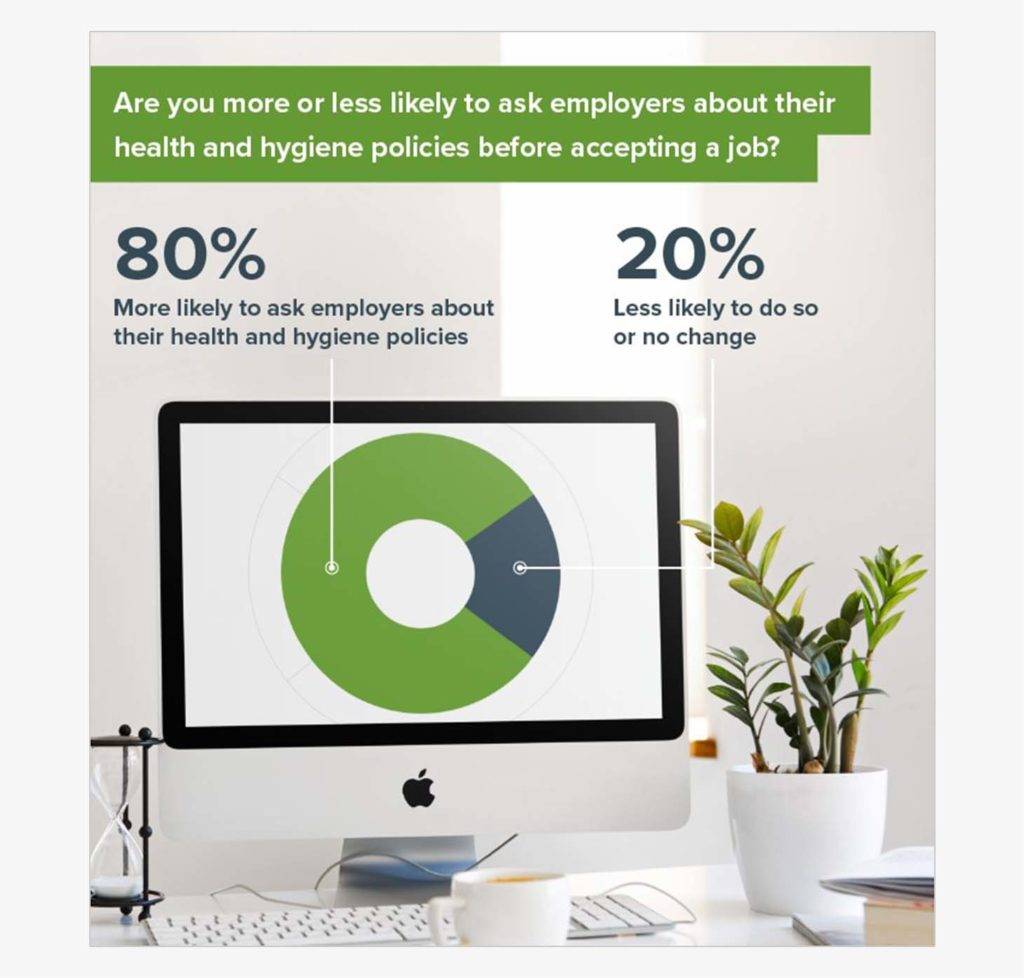
Mortgage expert John Charcoal has used the same strategy for their financial content marketing, using infographics to show key statistics about self-employment and motherhood to help their customers make an informed decision.
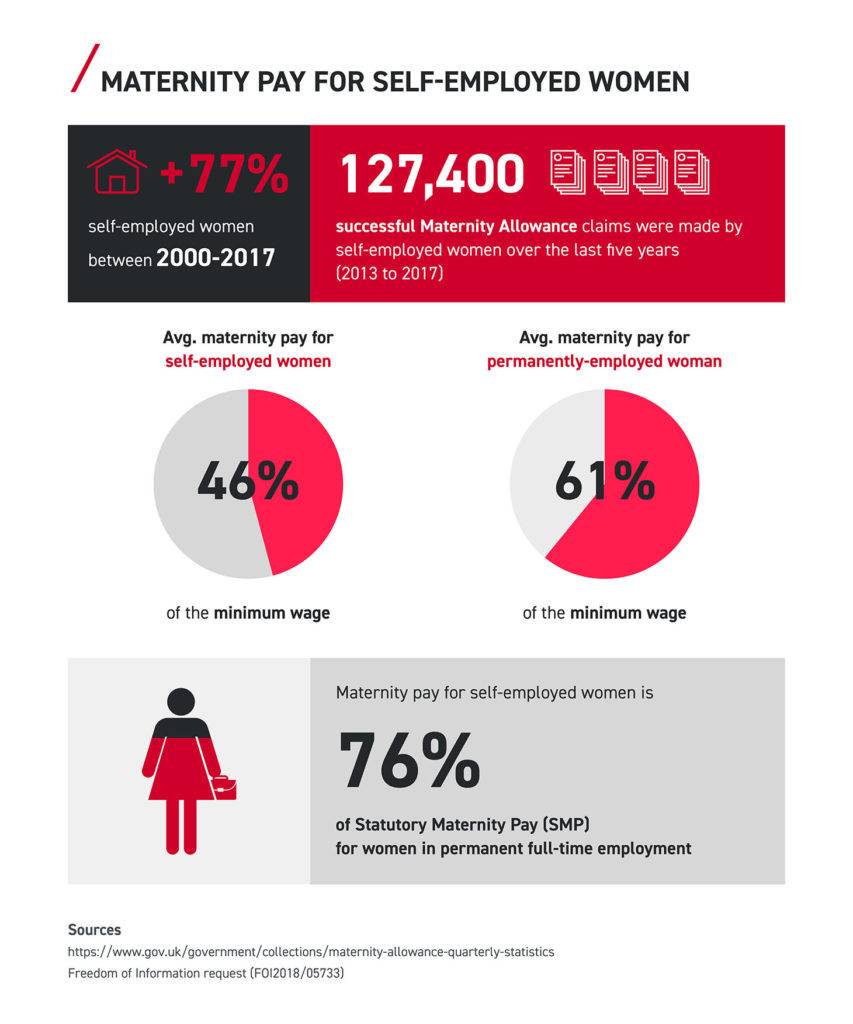
By identifying your audience’s interests and concerns, you can decide which format is appropriate for conveying your messaging.
More tips for engaging website content
As well as choosing an innovative content format, there are some simple things you can do to make sure your content is engaging.
Always remember, you are not the target audience.
Our content strategists recommend becoming the expert in whatever you’re producing content about – but remember that doesn’t mean your reader will be. The best content will convey this expertise but still be easy to understand.
To keep your FS and B2B content writing easy to read you can:
- Keep technical jargon to a minimum
- Use sub-headings and bullet points to break up text
- Read it aloud to check everything makes sense
- Avoid repetition and use synonyms
- Use short paragraphs
Similar techniques can be applied to visual assets; keep the imagery simple to get the message through.
Conclusion
When it comes to the complex topics that B2B and financial service providers address on a daily basis, using different types of content formats will help you engage the right audience. The options we have listed here are by no means exhaustive, but they can be a good starting point to make your content more engaging and more likely to produce a response from your target reader.
At Builtvisible, we’ve helped countless B2B and financial service brands improve their content. Read our G4S case study to see how we increased their share of search by 300% using engaging and innovative formatting. You can also learn more about our process by getting in touch via our contact form.
